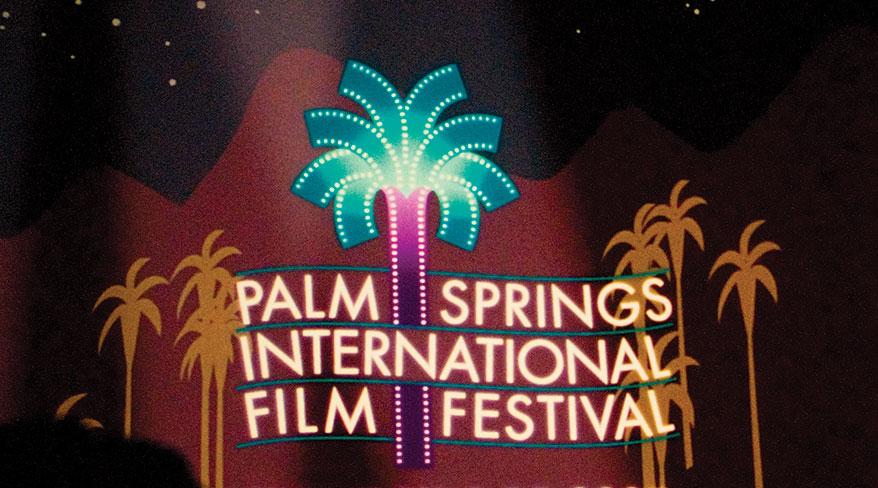Anatomy of Genres
by John Truby
The Anatomy of Genres: How Story Forms Explain the Way the World Works is the legendary writing teacher John Truby’s step-by-step guide to understanding and using the basic building blocks of the story world. He details the three ironclad rules of successful genre writing, and analyzes more than a dozen major genres and the essential plot events, or “beats,” that define each of them. As he shows, the ability to combine these beats in the right way is what separates stories that sell from those that don’t. Truby also reveals how a single story can combine elements of different genres, and how the best writers use this technique to craft unforgettable stories that stand out from the crowd.
Images of America: Palm Springs
by Moya Henderson, Palm Springs Historical Society
Learn about the history of Palm Springs from the time of the Agua Caliente Band of Cahuilla Indians, the original inhabitants of this harsh desert region, through the discover of the spring by a U.S. government survey party, to the development of the Palm Springs we experience today.
Indie Film Producing, 1st Edition
by Suzanne Lyons
Indie Film Producing explains the simple, basic, clear cut role of the independent film producer. Raising funds to do your dream project, producing award-winning films with a low budget, putting name actors on your indie film-it's all doable, and this book guides you through the entire process of being a successful producer with bonus tips on how to effortlessly maneuver through the sphere of social media marketing and fundraising tactics.
Leading Lady: Sherry Lansing and the Making of a Hollywood Groundbreaker
by Stephen Galloway
The definitive biography of movie executive and philanthropist Sherry Lansing traces her groundbreaking journey to become the first female head of a major motion picture studio, sharing behind-the-scenes tales from movie sets and Hollywood boardrooms.
When Sherry Lansing became the first woman ever to be named president of a major studio, the news ricocheted around the world. That was just the beginning of an extraordinary run that saw her head two studios, make hundreds of films, produce classic pictures such as Fatal Attraction and rule for twenty-five years as the most powerful woman Hollywood has ever known.
Screenwriting: The Sequence Approach
by Paul Joseph Gulino
A substantial update of the previous edition, Screenwriting: The Sequence Approach deconstructs recent feature films and offers a new section analysing popular television series.
A proven screenwriting method in emotionally engaging an audience, the sequence approach emphasises the underlying motives of each story plot to better convey its relation to the work as a whole. In this expanded second edition, Paul Gulino includes analyses of recent noteworthy films and serial dramas, such as Parasite, Barry and Breaking Bad, with an eye to how they manage audience attention, convey vital information and deliver their emotional payloads. The aim of the book is to help writers move readily from the feature film to the serial form, mastering both. It is perfect for both beginning writers and those with experience in the feature screenplay form.
The Anatomy of Story
by John Truby
John Truby is one of the most respected and sought-after story consultants in the film industry, and his students have gone on to pen some of Hollywood's most successful films, including Sleepless in Seattle, Scream, and Shrek. The Anatomy of Story is his long-awaited first book, and it shares all his secrets for writing a compelling script. Based on the lessons in his award-winning class, Great Screenwriting, The Anatomy of Story draws on a broad range of philosophy and mythology, offering fresh techniques and insightful anecdotes alongside Truby's own unique approach to building an effective, multifaceted narrative.
The Movie Business Book 4th Ed.
by Jason E. Squire
Drawing from a variety of experts in an industry that has seen major disruptions and technology advancements over the years, this is a must-read for film students and industry newcomers. A definitive sourcebook, it covers the nuts-and-bolts details about financing, revenue streams, marketing, globalization, micro-budgets and much more.
The Tools of Screenwriting A Writer's Guide to the Craft and Elements of a Screenplay
by David Howard and Edward Mabley; Introduction by Frank Daniel
n The Tools of Screenwriting, David Howard and Edward Mabley illuminate the essential elements of cinematic storytelling, and reveal the central principles that all good screenplays share. The authors address questions of dramatic structure, plot, dialogue, character development, setting, imagery, and other crucial topics as they apply to the special art of filmmaking.
Howard and Mabley also demonstrate how, on a practical level, the tools of screenwriting work in sixteen notable films, including Citizen Cane, E.T., One Flew Over the Cuckoo's Nest, Rashomon, The Godfather, North by Northwest, Chinatown, and sex, lies, and videotape.
The Writers Journey: Mythic Structure for Writers, 3rd Edition
by Christopher Vogler
The updated and revised third edition provides new insights and observations from Vogler's ongoing work on mythology's influence on stories, movies, and man himself. The previous two editions of this book have sold over 180,000 units, making this book a 'classic' for screenwriters, writers, and novelists.










